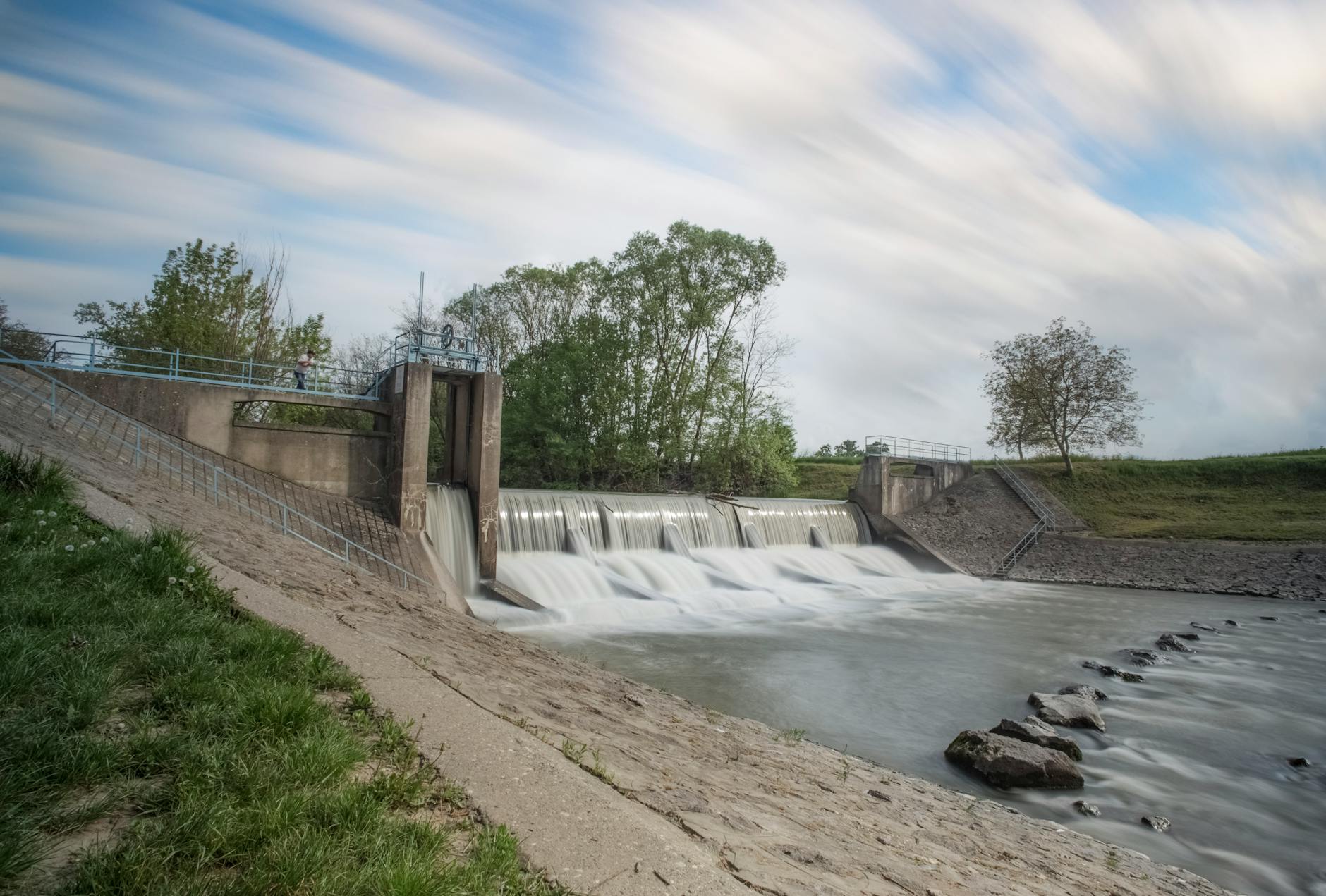Artificial Grass Durability: Discover How Long It Lasts
Artificial grass, also known as synthetic turf or fake grass, has gained popularity for its low maintenance and lush appearance. Homeowners, sports facilities, and commercial spaces are increasingly opting for artificial grass due to its many benefits. One common question that arises when considering artificial grass is its durability and how long it lasts. In this article, we will delve into the factors that influence the longevity of artificial grass and provide insight into its average lifespan.
Factors Affecting Artificial Grass Durability
Several factors influence the durability and lifespan of artificial grass. Here are some key factors to consider:
1. Quality of Materials: The quality of the materials used in manufacturing artificial grass plays a significant role in its durability. High-quality artificial grass is made from UV-resistant materials that can withstand exposure to the sun without fading or degrading.
2. Installation: Proper installation is crucial for the longevity of artificial grass. A professional installation ensures that the grass is laid evenly, with no wrinkles or gaps that could lead to premature wear and tear.
3. Usage: The amount of foot traffic and usage the artificial grass receives will impact its durability. Heavy use, such as in sports fields or playgrounds, may require more frequent replacement compared to artificial grass in a residential lawn.
4. Maintenance: Regular maintenance, such as brushing, cleaning, and removing debris, helps extend the lifespan of artificial grass. Neglecting maintenance can lead to matting, discoloration, and reduced durability.
Average Lifespan of Artificial Grass
The average lifespan of artificial grass varies depending on the quality of the product, maintenance routines, and usage. On average, high-quality artificial grass can last anywhere from 10 to 20 years when properly installed and maintained.
Here are some general guidelines for the lifespan of artificial grass based on usage:
1. Residential Lawn: With proper care and limited foot traffic, artificial grass in a residential setting can last up to 15 years or more.
2. Commercial Use: Artificial grass used in commercial settings like sports fields or public spaces may need replacement every 5 to 10 years, depending on the intensity of use.
3. Sports Fields: Artificial grass in sports fields used for high-impact sports may need replacement every 5 to 8 years to maintain optimal performance and safety standards.
Tips for Extending the Lifespan of Artificial Grass
To maximize the durability and lifespan of your artificial grass, consider the following tips:
1. Regularly brush the grass fibers to prevent matting and maintain a lush appearance.
2. Remove debris, leaves, and pet waste promptly to avoid staining and odors.
3. Rinse the artificial grass periodically to remove dust and pollen buildup.
4. Avoid using sharp objects or chemicals on the grass, as these can damage the fibers and impact longevity.
By following these tips and considering the factors that influence artificial grass durability, you can enjoy a beautiful and long-lasting synthetic lawn for years to come. Remember that investing in high-quality artificial grass and proper maintenance practices are key to maximizing its lifespan and durability.
In conclusion, artificial grass offers a durable and low-maintenance alternative to natural grass, with an average lifespan of 10 to 20 years. By choosing high-quality materials, ensuring proper installation, and maintaining the grass regularly, you can enjoy a lush and vibrant artificial lawn for years to come. Whether for residential, commercial, or sports use, artificial grass is a versatile and long-lasting landscaping solution.


